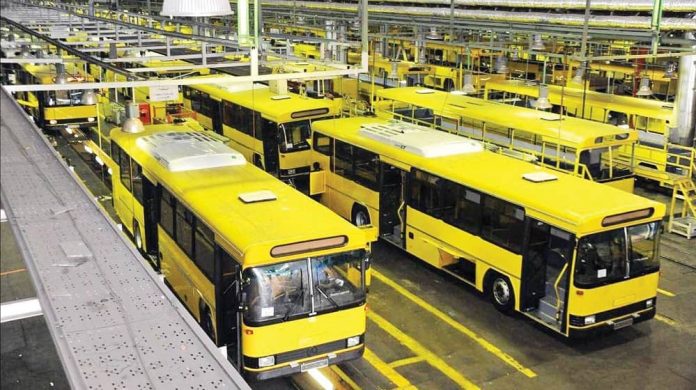Iran’s Urban Transport Costs Surge Amid Economic Strain

Written by
Mansoureh Galestan
In recent social media discussions and reports from Iran’s state news agencies, it has been revealed that urban transport costs are set to escalate in the coming year. This rise comes at a time when Iranians are grappling with economic crises, enduring significant hardships in making ends meet. Alongside their financial struggles, households are facing shrinking budgets, which further compounds the challenges.
This surge in transport costs is symptomatic of a broader policy approach imposing economic burdens on citizens. Regime officials suppose that hunger-stricken populations will be preoccupied with resolving immediate survival needs, rather than contemplating revolutionary or insurgent actions against the ruling system.
According to reports from state-controlled news channels, on March 12, the Tehran City Council convened. This council, comprised of loyalists to the Supreme Leader Ali Khamenei, endorsed several measures leading to a significant increase in transport fares in comparison to 2023.
Specifically, the approved measures include a 45% hike in taxi fares, a 30% increase in metro ticket prices, a 21% rise in bus ticket fares, and a 30% uptick in regular bus fares for the year 2024.
The impact of escalating transport fares on people’s livelihoods is profound. The poverty line is currently reported to range between 25 to 30 million tomans, as declared by state-affiliated media outlets. Meanwhile, the average income of citizens, especially among the working class, is estimated to hover between 15 to 20 million tomans. Moreover, a significant proportion of laborers and low-income earners barely surpass the 15 million tomans threshold. As the cost of living continues to surge, the health and well-being of citizens are increasingly compromised, with many unable to afford healthcare expenses.
These socio-economic conditions exacerbate societal vulnerabilities, with reports of suicide and violence stemming directly from livelihood challenges frequently surfacing in state media and social networks. These social challenges are a direct consequence of the oppressive policies of the ruling theocracy. The exorbitant costs associated with clerical governance and the dire consequences of its tyrannical, militaristic strategies are ultimately borne by the people.
As citizens find themselves increasingly burdened by economic hardships, dissent and protests become more pronounced. Retirees and various other segments of society now regularly gather in protest, signaling a growing discontent. These protests serve as a barometer of societal discontent in Iran, reflecting the profound economic pressures faced by ordinary citizens.
If the protests fail to bring about meaningful changes, it’s likely that people will seek other ways to address their grievances. With Supreme Leader Khamenei’s belief that setbacks only fuel greater demands from the public, prospects for socio-economic improvement seem dim. Consequently, the ongoing difficult conditions are likely to spark widespread unrest and resistance against the current state of affairs.

